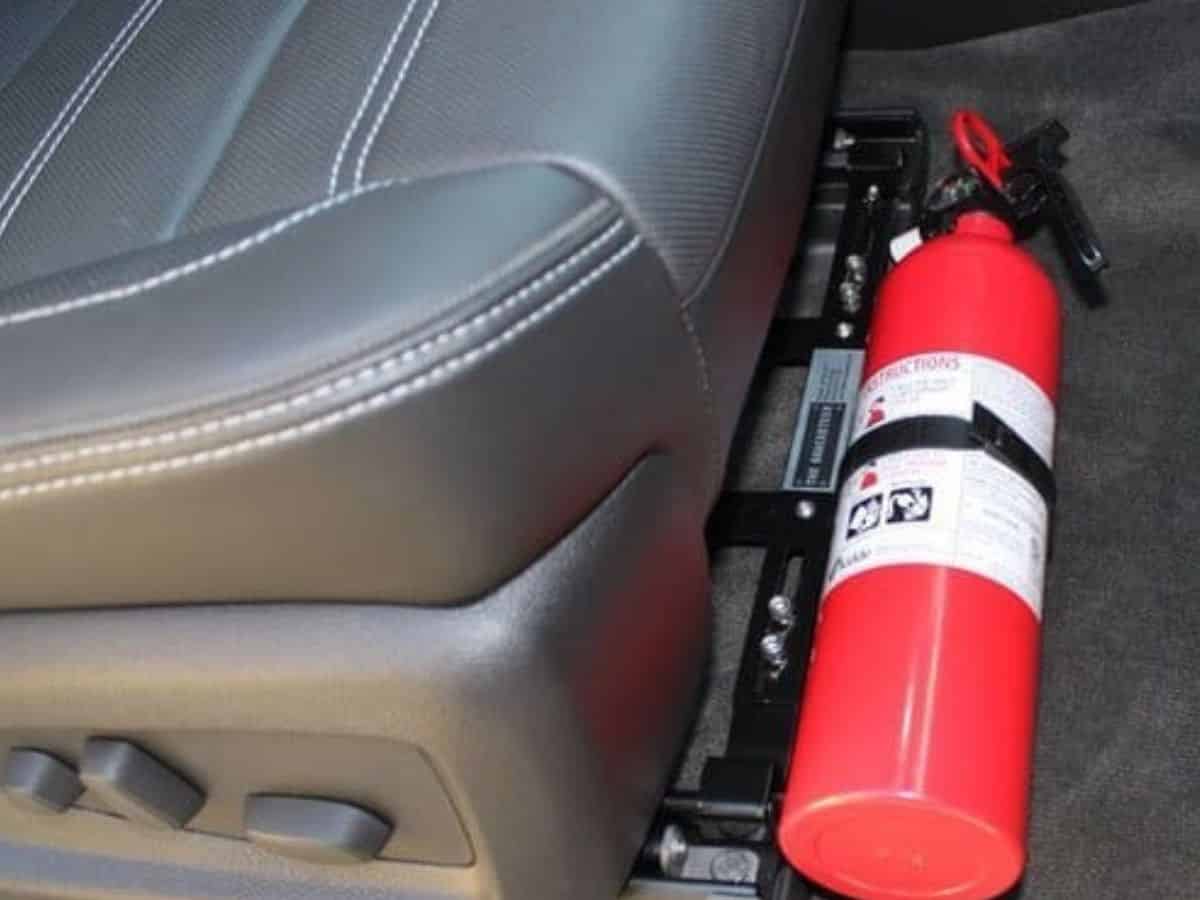
Hyderabad: Telangana Gig And Platform Workers’ Union (TGPWU) on Friday conducted an awareness session on car fire safety at the Amberpet Union office to sensitize drivers on the precautions to take to avoid or contain the damage if a vehicle catches fire amid soaring summer temperatures.
Cars can catch fire for many reasons, including mechanical or electrical issues, which are the most common cause. A car can also catch fire as a result of a bad crash.
Most car fluids are flammable. Heat and electrical sparks plus leaking fluid are all it takes to trigger a car fire.
‘”Most crashes do not result in fire. In the event of any crash, call 101 If there is no sign of fire, wait for emergency assistance to help any injured individuals out of the car,” said the founder and president of the union, Shaik Salauddin.
“If you see smoke or flames or smell burning rubber or plastic, respond immediately,” Salahuddin added.
What to do if your car is on fire
- Pull over as quickly as it is safe to do so, and be sure to use your signal as you make your
way to a safe location off the road such as the breakdown lane or rest stop. - Once you have stopped, TURN OFF the engine.
- Get everyone out of the car. Never return to a burning car for anything.
- Move everyone at least 100 feet from the burning car and well away from traffic.
How to prevent a car fire
- Have your car serviced regularly by a professionally trained mechanic. If you spot leaks, or your car is not running properly, get it checked. A well-maintained car is less likely to have a fire.
- If you must transport gasoline, transport only a small amount in a certified gas can that is sealed. Keep a window open for ventilation.
- Gas cans and propane cylinders should never be transported in the passenger compartment.
- Never park a car where flammables, such as grass, are touching the catalytic converter.
- Drive safely to avoid an accident.
Know the danger signs
- Cracked or loose wiring or electrical problems, including a fuse that blows more than once
- Oil or fluid leaks
- Oil cap is not on securely
- Rapid changes in fuel or fluid level, or engine temperature.
